Li Bin has made a bold move with the new Lido L90, which starts at 265,800 yuan. If customers opt for the Battery-as-a-Service (BaaS) plan, the price drops significantly by 86,000 yuan to start at 179,800 yuan. Notably, the Lido L90 is a large pure electric SUV, while its competitors in the same class are priced in the range of 300,000 to 400,000 yuan, making it even cheaper than some mid-large gasoline SUVs. Can the Lido L90 help NIO stage a comeback? Based on the previous sales performance of the Lido L60, it is likely that a significant portion of L90 orders will come from the BaaS plan due to its attractive pricing. Since the pre-sale launch, many potential customers have visited Lido stores to check out the L90. As the saying goes, experienced drivers have sharp eyes. Let's take a look at what configurations the Lido L90 offers at the sub-200,000 yuan BaaS plan price point.
The spaciousness is impressive; with a wheelbase of 3110mm, the third-row seating comfort is certainly not lacking, and our practical experience confirms this. Additionally, the Lido L90 features a 240L electric front trunk, a delight for fishing enthusiasts. In terms of space, the Lido L90 leads its class. The base model is well-equipped, featuring an 85 kWh battery (605 km range, CLTC standard), an 8.8L refrigerator, electric doors, three-zone automatic climate control, heated seats throughout, electric sunshades, nine airbags, a 23-speaker audio system, and an 8295P cockpit chip, among other features.
Now, let's compare the configurations of other large SUVs. On the gasoline vehicle side, the 179,800 yuan price is not enough to purchase a joint venture mid-large SUV like the SAIC Volkswagen Teramont Pro or the Changan Ford Explorer, let alone get features like electric doors or refrigerators. There are domestic new energy vehicles with similar pricing, such as the Deep Blue S09, but it is a plug-in hybrid with a maximum pure electric range of only 220 km, far inferior to the Lido L90. Furthermore, the Lido L90 clearly offers richer configurations. Comparing two similarly priced models, the Deep Blue S09 RWD Ultra version (259,900 yuan) and the entry-level Lido L90 (265,800 yuan), the Lido L90 includes features like electric doors, a refrigerator, and heated steering wheel that the S09 lacks.
With its spaciousness and numerous standard features, the Lido L90 is indeed attractively priced, leading to crowded stores after its launch. Currently, there are rumors that all available Lido L90 units have been reserved. However, I advise everyone to remain calm. While the Lido L90 excels as a pure electric vehicle, its prospects are concerning due to the poor sales performance of large pure electric vehicles, which struggle to compete against extended-range and plug-in hybrid models. For instance, the AITO M9 and Denza D9 are popular models, but their pure electric versions account for only a small percentage of sales. In the first half of 2025, the best-selling mid-large SUV was the extended-range model Li Auto L6, which sold 96,400 units, while the best-selling pure electric SUV was the Zhiji LS6, with only 15,600 units sold, highlighting a significant sales gap.
This trend is not limited to the large SUV market; the MPV market reflects similar patterns. For example, in the mid-large MPV market, the Denza D9, with both plug-in and pure electric versions, sold 51,600 units in the first half of the year, while the pure electric model XPeng X9 sold less than 10,000 units. Overall, consumers currently perceive pure electric vehicles as less appealing than gasoline-powered alternatives due to ongoing range anxiety issues. Plug-in hybrids and extended-range vehicles can achieve a combined range exceeding 1,000 km with a full tank and battery, allowing for long trips without the need for charging or refueling. However, pure electric vehicles do not offer this convenience, and running air conditioning or driving at high speeds can further reduce their range, necessitating at least two charging stops along the way. Finding charging stations can be a hassle, and even when found, waiting times can be significant. Although the Lido L90 has attractive configurations and pricing, it suffers from being a pure electric vehicle, limiting its market prospects compared to plug-in hybrids and extended-range vehicles. This is not just an issue for the Lido L90, but for the entire large pure electric vehicle market, explaining the recent surge in extended-range vehicles.
Some may argue that the Lido L90 supports battery swapping, and with the fourth-generation battery swapping stations, the swap time can be as quick as 2 minutes and 24 seconds, alleviating range anxiety. However, the reality is not as convenient as it seems. The Lido L90 does not support all NIO battery swapping stations; it can only use third and fourth-generation stations. For long-distance road trips, the Lido L90 may need to recharge or swap batteries after just 300 km. While some highway service areas have battery swapping stations, outside first- and second-tier cities, finding one after leaving the highway can be challenging. For example, a driver from Shanghai traveling to Taizhou, Zhejiang, may find that the distance between the tourist area of Shitang Peninsula in Wenling and the scenic area of Xianxianju is approximately 170 km. If they want to explore several attractions along the way, they will need to find a swapping station, which could lead to detours that make it less convenient than a gasoline vehicle. Even in the densely populated Jiangsu, Zhejiang, and Shanghai regions, the limitations of battery swapping become evident when venturing to more remote areas. Additionally, the large size of the Lido L90 limits its usability; it may not be the best choice for daily commuting, as driving and parking can be cumbersome.
Thus, I advise potential buyers to think carefully before making a purchase, and it’s okay to wait until they can accept these issues. While the market outlook may not be particularly optimistic, the Lido L90 is expected to rank high in sales within NIO. Previous data has shown that after launching the Lido brand, NIO's overall sales increased significantly, with a 31% year-on-year growth to 114,000 units in the first half of this year. The Lido's sales boost can be attributed to three factors: price advantage, battery swapping model, and NIO's brand appeal. However, as a high-end pure electric brand, NIO's move to emphasize 'cost performance' may impact its brand image. There have already been signs of this; for example, NIO's main brand sales dropped by 30% in June. NIO seems to be in a tough spot, as survival is now more important than ever. With projected net losses of 22.4 billion yuan in 2024 and 6.75 billion yuan in Q1 2025, NIO's financial situation is dire. The Lido L90 is a crucial part of NIO's comeback strategy, but as analyzed earlier, large pure electric SUVs are hard to sell, with the best-selling models achieving only about 3,000 units in monthly sales, leaving little room for the Lido L90 to achieve explosive growth. Earlier this year, Li Bin confidently stated that NIO would be profitable in Q4, but this may not be achievable solely through vehicle sales. Looking at the industry, Seres managed to turn a profit in 2024 due to the huge sales of the AITO series, which sold nearly 400,000 units that year.
However, NIO still has other opportunities for revenue generation, as its battery swapping network, built over more than a decade, could become a 'cash cow' in the future. NIO has established 3,432 battery swapping stations, attracting collaborations with major manufacturers like Changan, Geely, and Chery for battery swapping services. This has gradually formed a 'battery swapping alliance' centered around NIO. If this alliance starts to generate service fees, it could be a significant revenue stream for NIO. For NIO, staying alive is paramount, but due to substantial investments in battery swapping and supercharging infrastructure, NIO remains confined to the pure electric sector, unable to diversify its operations like competitors. Li Bin surely knows that the prospects for large pure electric SUVs are limited, but he has no choice but to push forward, making the Lido L90 the most appealing large pure electric SUV currently available. So, would you consider buying the Lido L90? What would your reasons be?
Li Bin Goes All Out with the New Lido L90 Electric SUV Priced as Low as 179,800 Yuan

Images
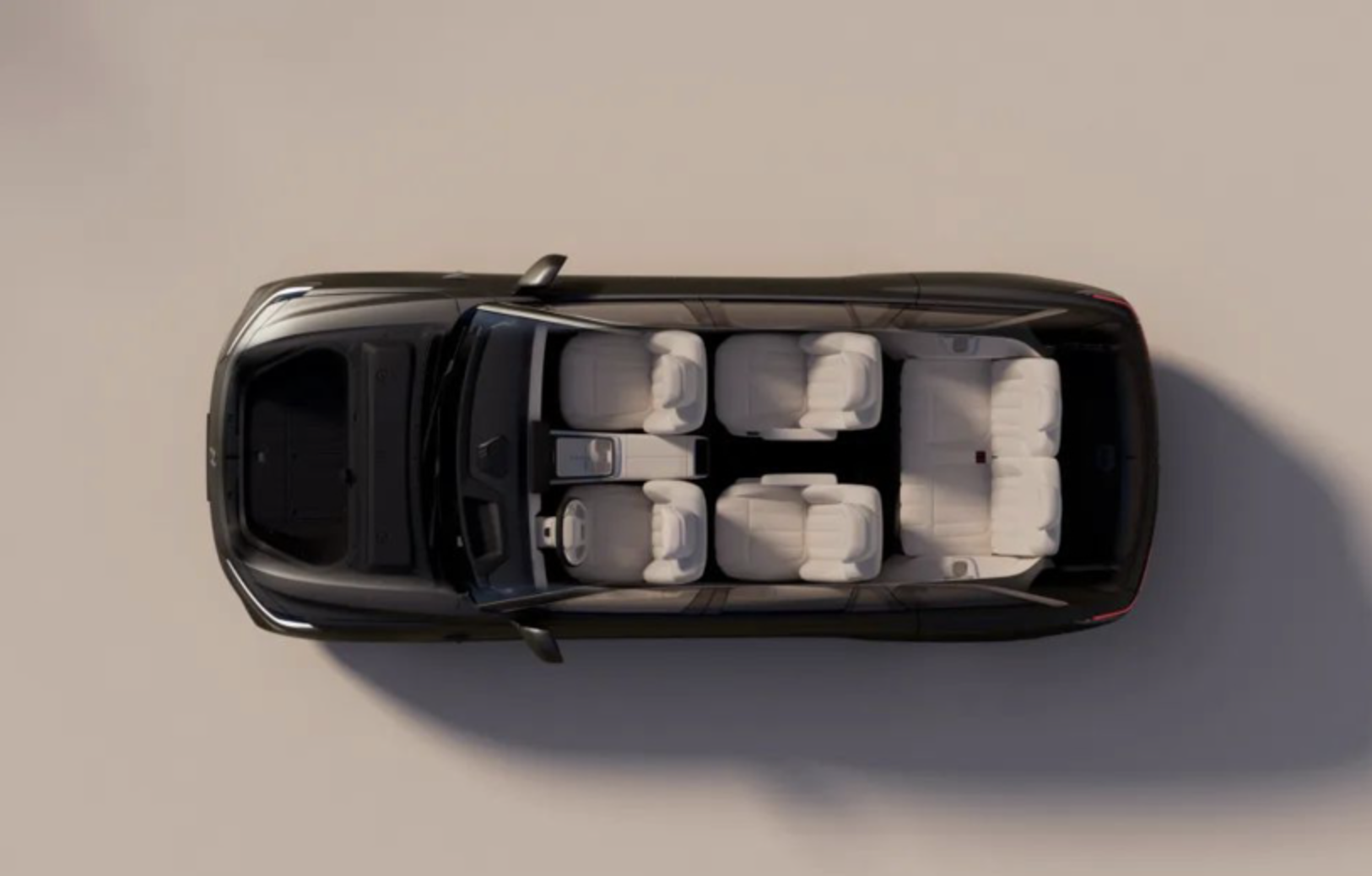
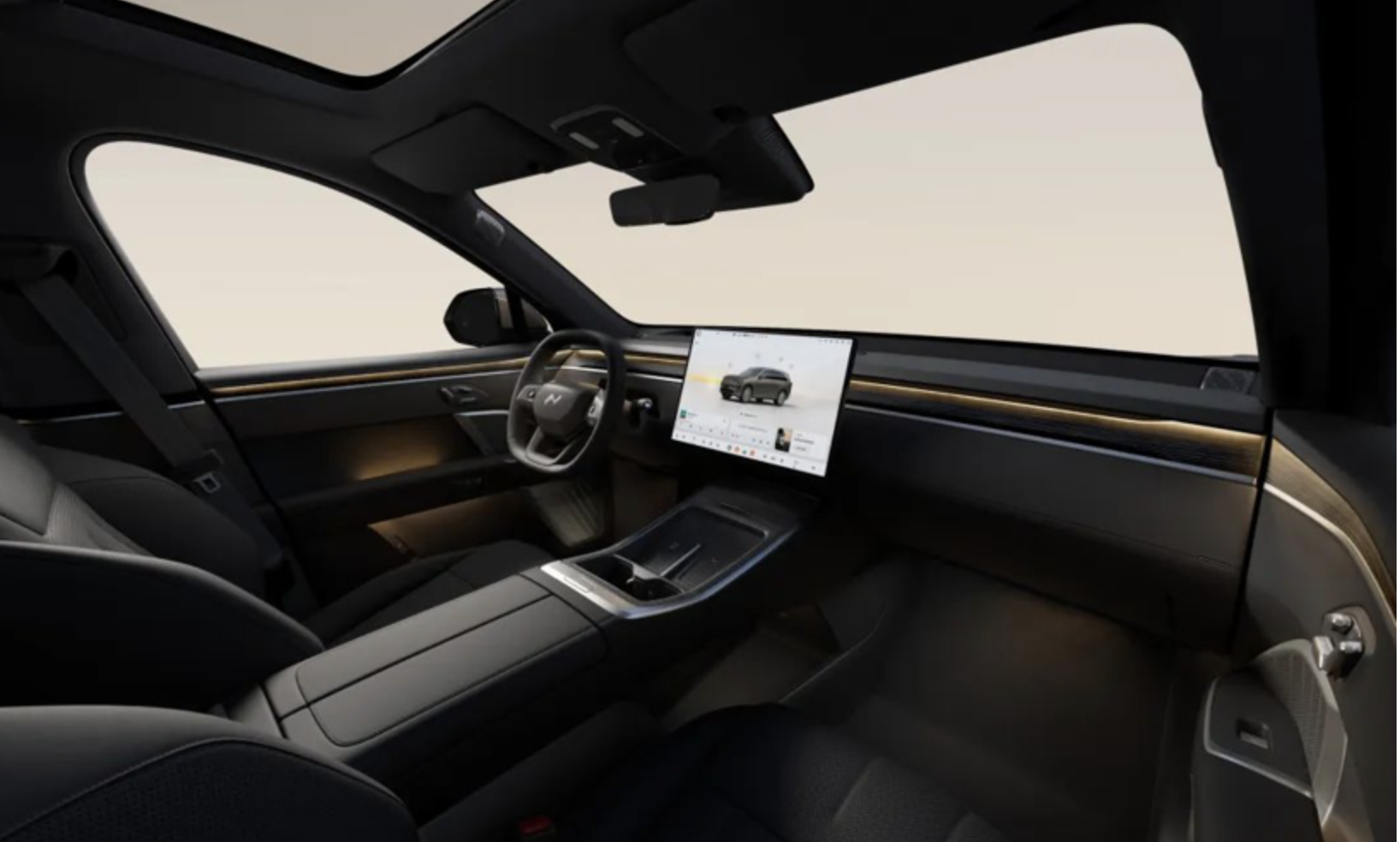
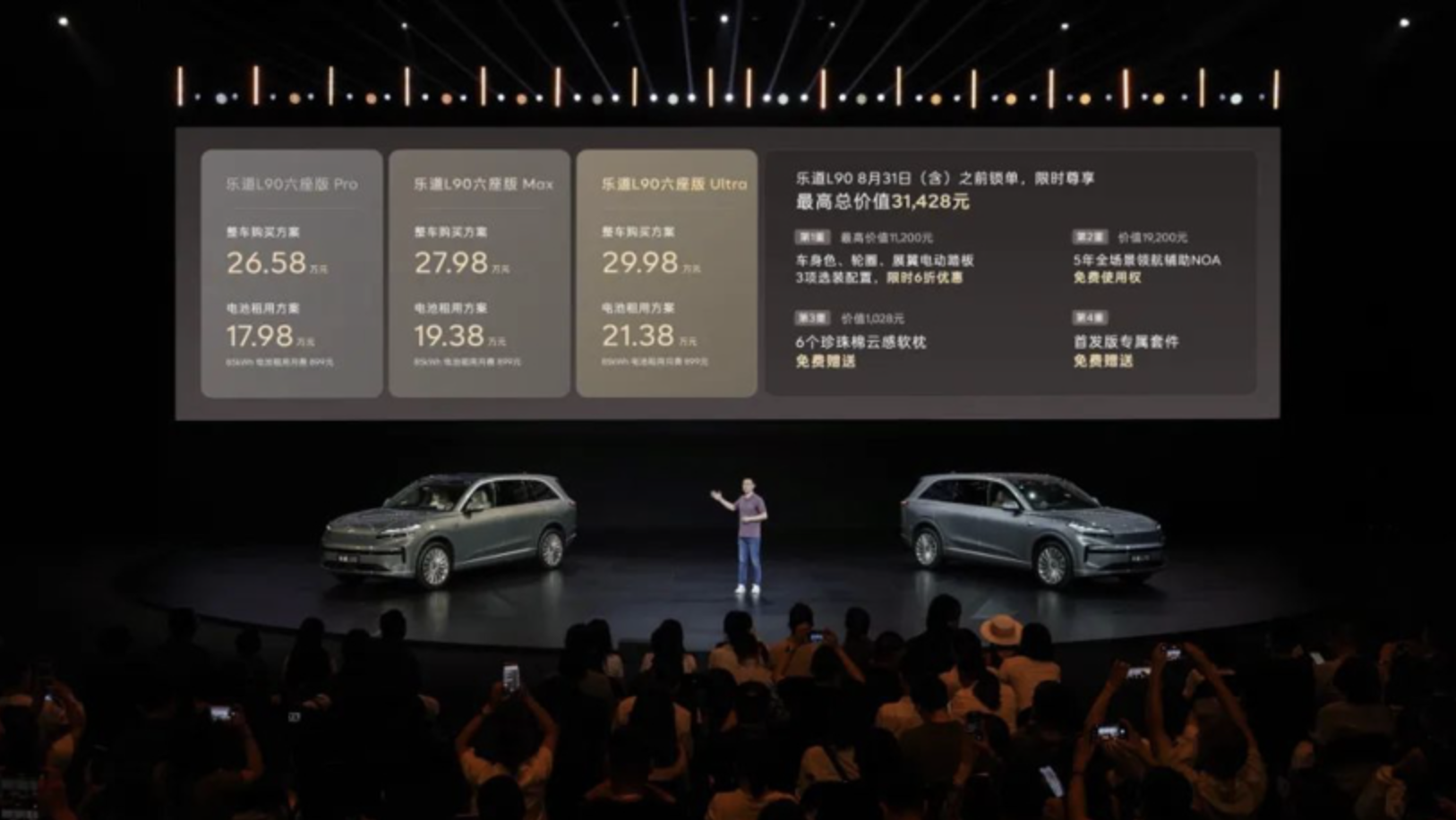

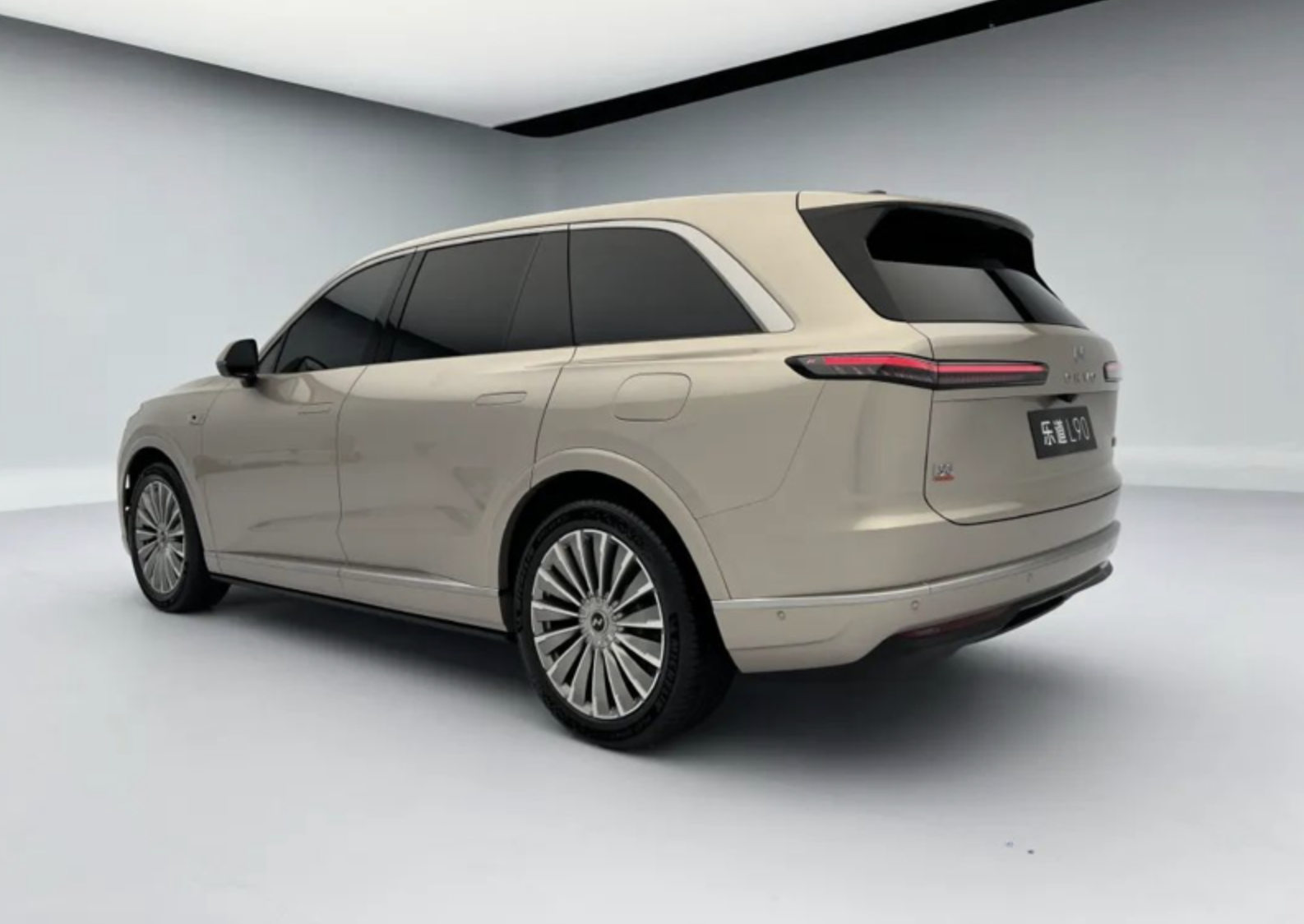
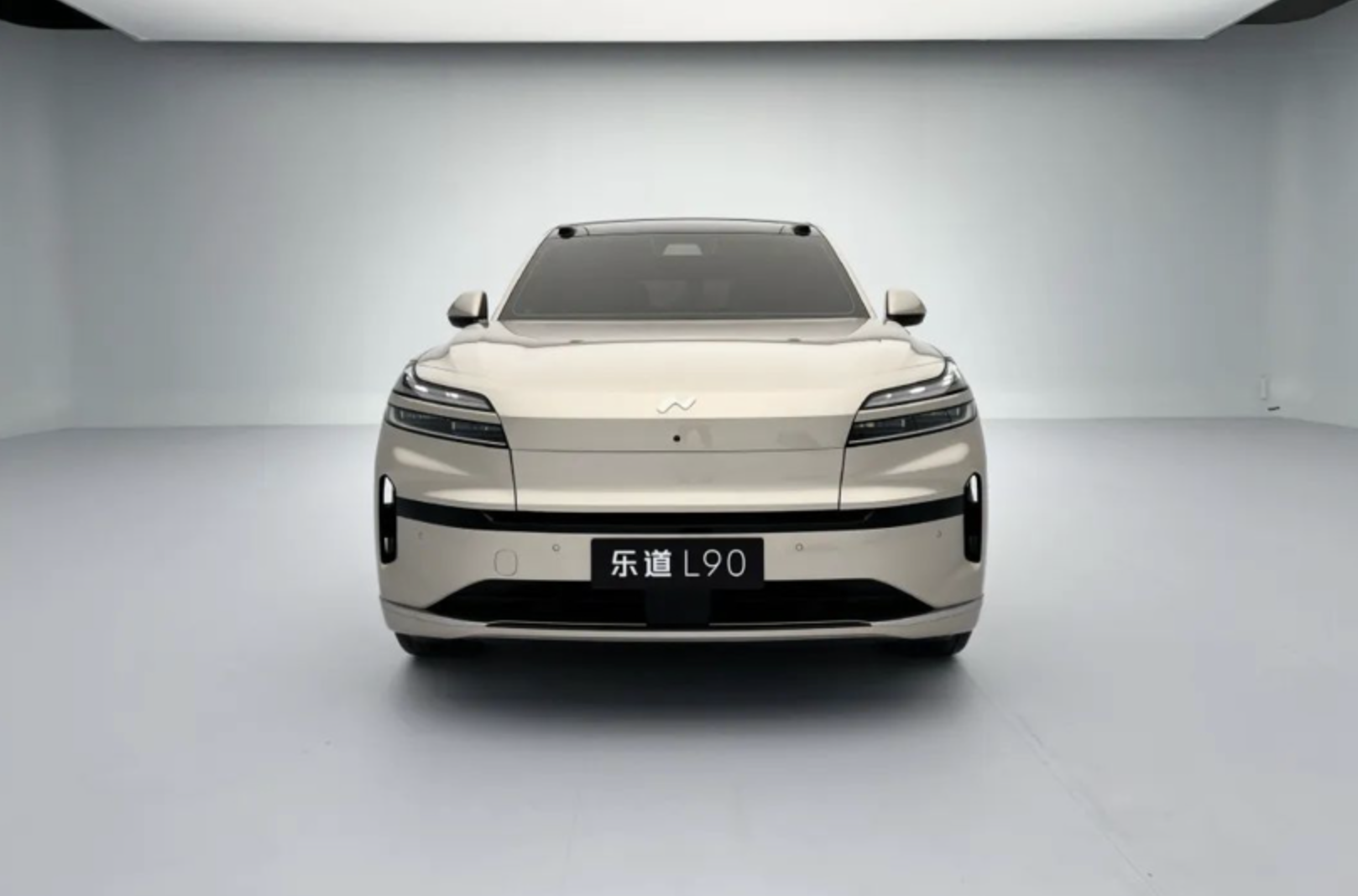
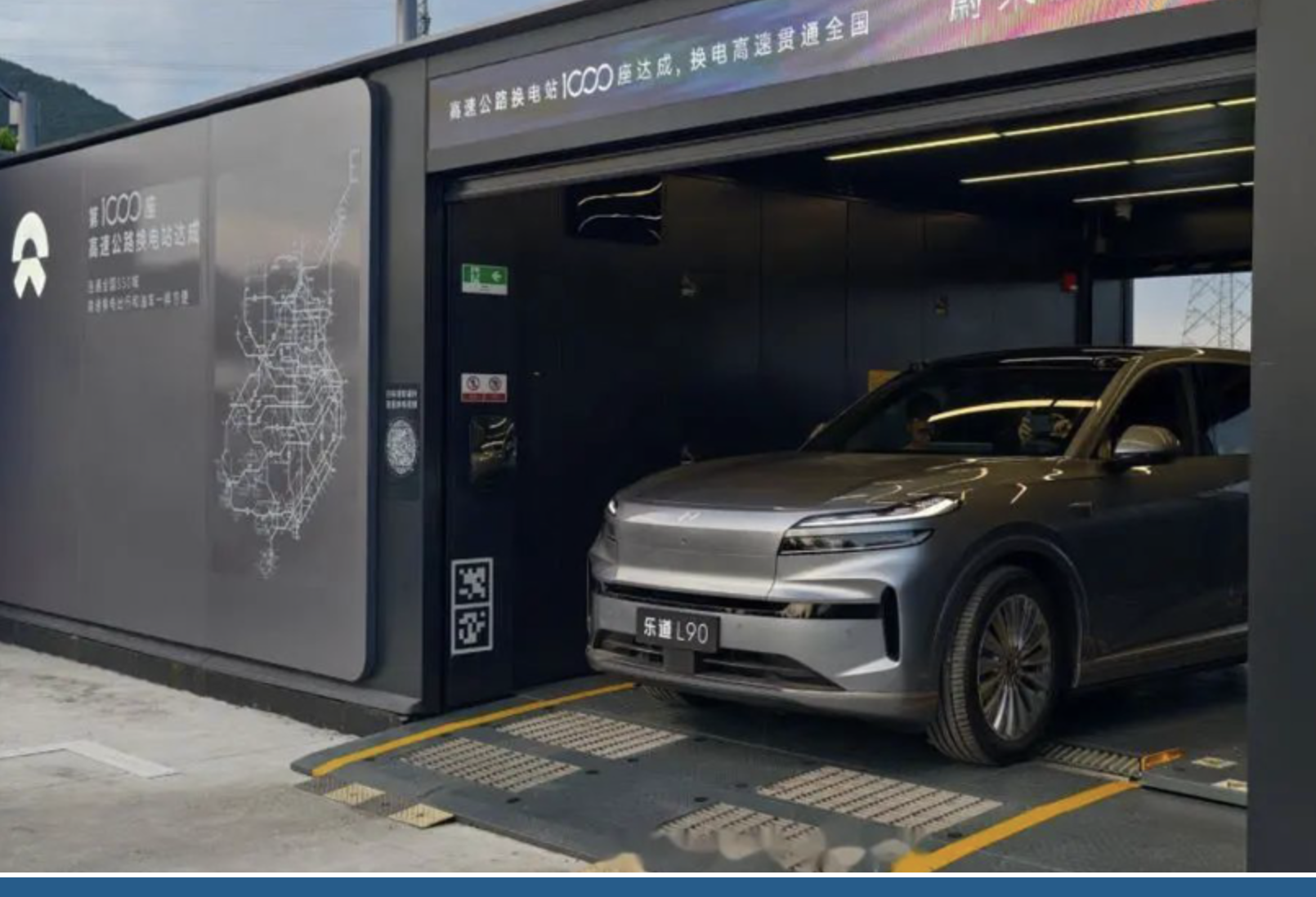

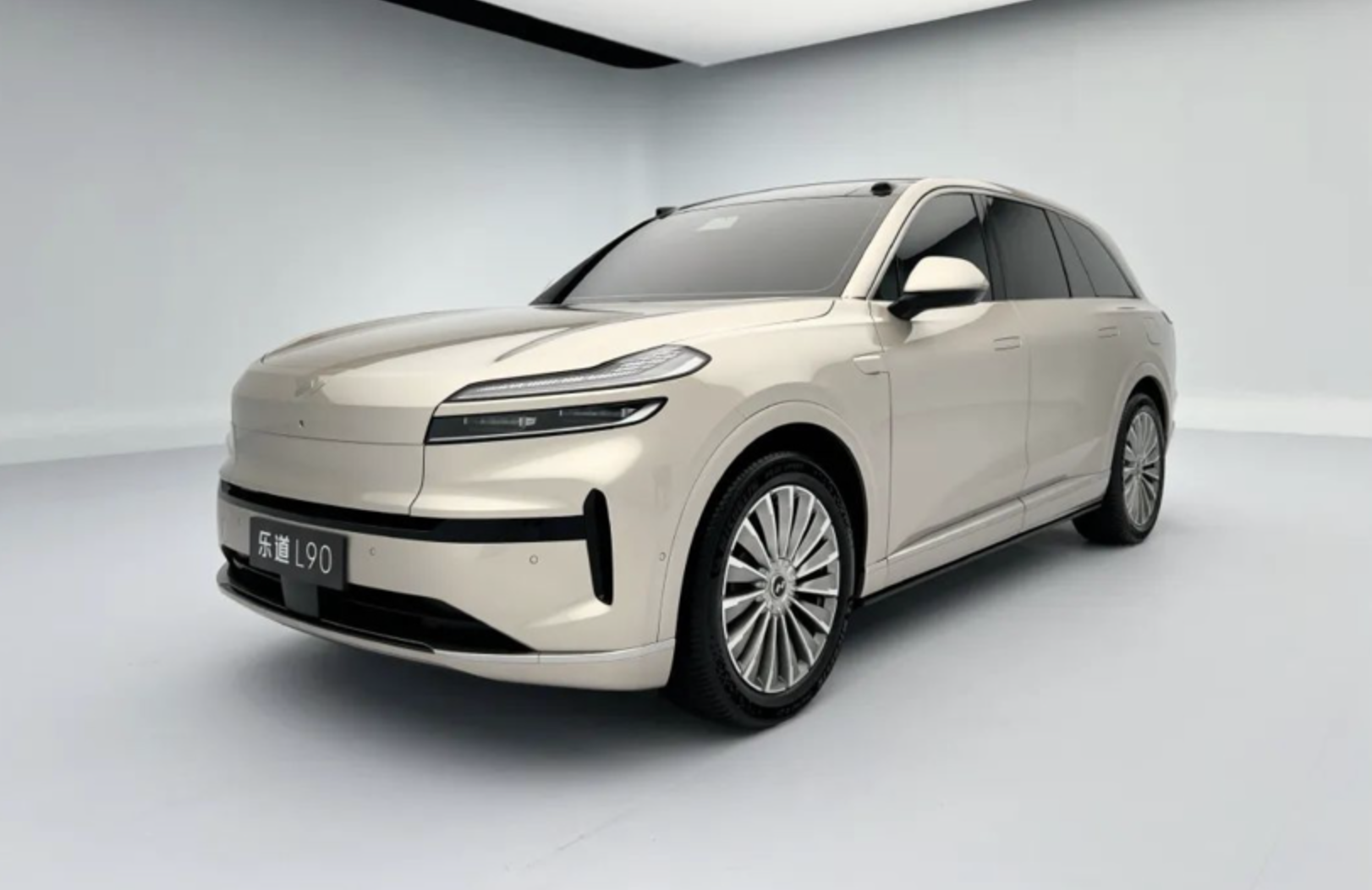

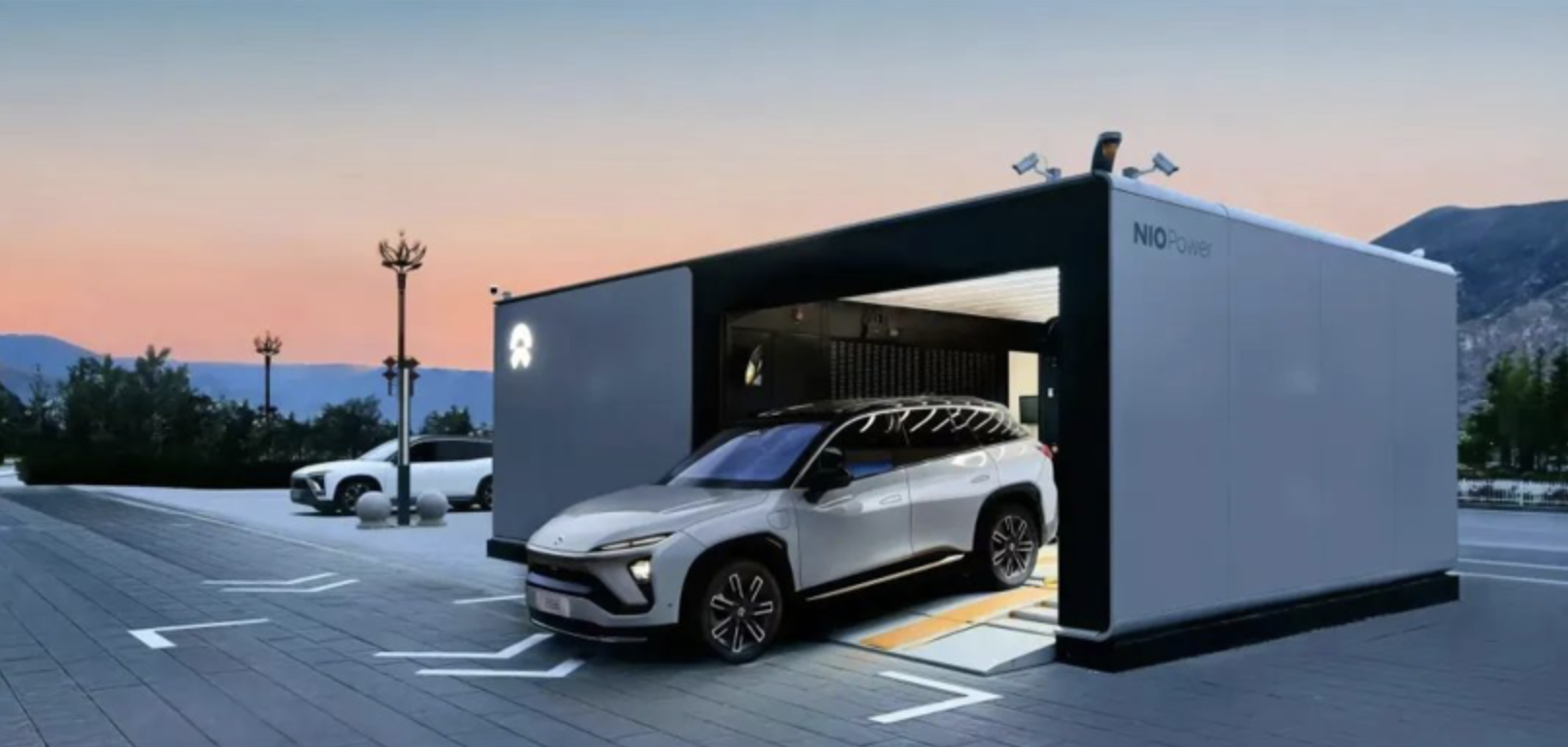

Share this post on: